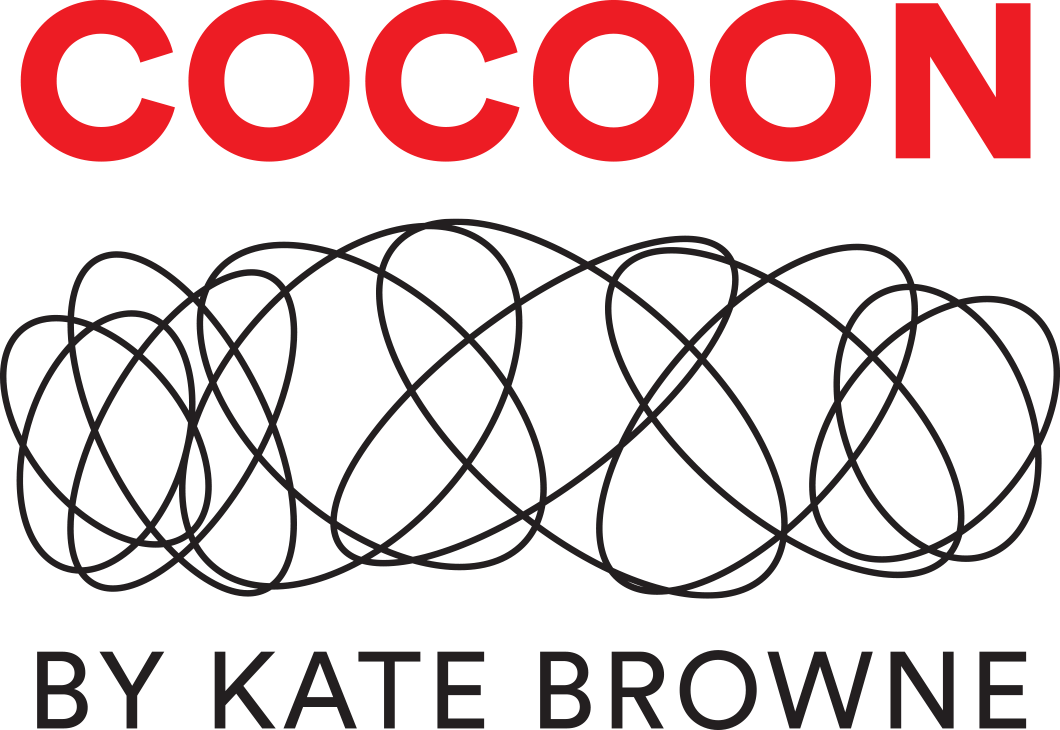(Scroll down for English.)
A Cocoon Miskolcon 2019. július 27-én, szombaton alkonyatkor a számozott utcákon átmenő menettel csúcsosodott ki. A lakók és a korábbi lakosok a környék különböző pontjain kezdték meg a sétát, ahol az embereket kilakoltatták, és az otthonokat lerombolták. Lámpásokkal, amelyek mindegyike egy-egy család nevét viselte.
A menet resztvevöi a 7. utcán találkoztak, és együtt mentek vegig rajta, a megszállt és kiürített otthonokon lógó nagy fekete-fehér portrék között. Aztán kerekeken gurították a Cocoon-t amit epitettek rövid távon, egy kis füves részre a Szinva folyó partján.
Az emberek a lámpákat a Cocoon belsejébe lógatták, a örökségről készített fényképek, a kilakoltatási értesítések, a kanadai elutasitott nem repülőjegyeket és a számozott utcákon a boldogabb időkről készült családi fényképek mellé.
Az elhangzott mondatok az interjukbol kiragadt részletek, amelyekben történeteket osztottak meg a költözés előtti, utáni és utáni életéről.
Cocoon Miskolc culminated with a procession through the Numbered Streets at dusk on Saturday, July 27, 2019. Residents and former residents began their walks at various spots around the neighborhood where people had been evicted and homes razed. They carried lanterns, each of which bore the name of a family now gone.
The various groups of marchers met on 7th street, and together walked down the block, between large black-and-white portraits of residents hanging from occupied and emptied homes. Then they wheeled the Cocoon they had built a short distance, to a small grass lot on the banks of the Szinva River.
People hung the lanterns inside the Cocoon, next to photographs of heirlooms, eviction notices, rejected plane tickets to Canada, and family photographs from happier times in the Numbered Streets.
The soundtrack played excerpts of their own interviews, in which they shared stories about life before, during and after the removals.






